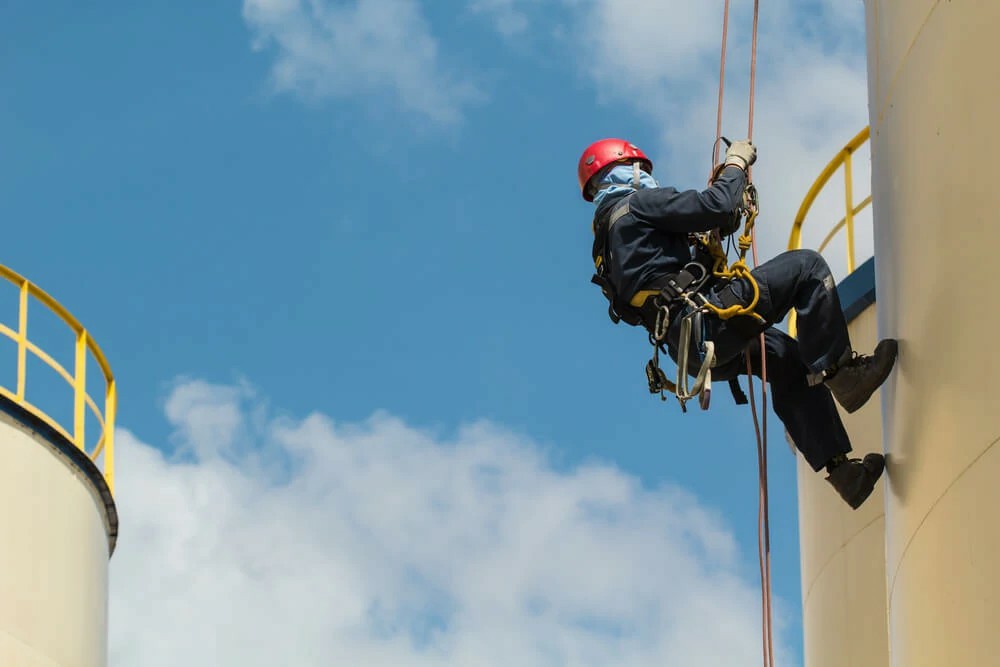


 349,500 Offered Certificates
349,500 Offered Certificates
 24/7 Online Training
24/7 Online Training
 Money Back Guarantee
Money Back Guarantee
 Fully Accredited Courses
Fully Accredited Courses

Created at: 22-02-2025 18:38
In the construction and maintenance industries, working at heights can be a fundamental part of the job. However, it also comes with significant risks that can lead to severe consequences if not managed properly. Compliance with Working at Heights regulations is not just a legal obligation; it's a vital aspect of workplace safety that protects both employees and the company's bottom line. This article delves into what happens when businesses neglect these crucial regulations and the various repercussions that follow.
Failing to comply with Working at Heights regulations can result in devastating impacts, from injuries and fatalities to legal actions and financial burdens. The law mandates that employers must take all necessary precautions to prevent accidents, which includes proper staff training and ensuring adequate safety measures are in place.
In Ireland, legal regulations regarding Working at Heights are enforced rigorously. Companies that fail to comply face not only fines but possible imprisonment for management responsible for unsafe practices.
The financial repercussions of ignoring Working at Heights safety can be staggering. Not only do businesses risk direct fines, but they also face long-term financial impacts:
Beyond the direct legal and financial consequences, there lies an essential aspect of safety compliance—reputation. A company known for its disregard for safety:
Examples abound of companies facing dire consequences due to safety violations:
One of the most effective ways to prevent accidents and comply with Working at Heights regulations is to invest in training. Certified Working at Heights Training equips employees with the knowledge and skills they need to perform their tasks safely.
Ignoring Working at Heights regulations can lead to severe legal, financial, and reputational repercussions for businesses in Ireland. The cost of non-compliance far outweighs the investment in proper safety training. Take proactive steps today!
Invest in Working at Heights Certification Ireland programs to safeguard your employees and ensure your business adheres to safety regulations. For more information on Working at Heights Safety Course options, visit Ireland Safety Training or contact us at [email protected].